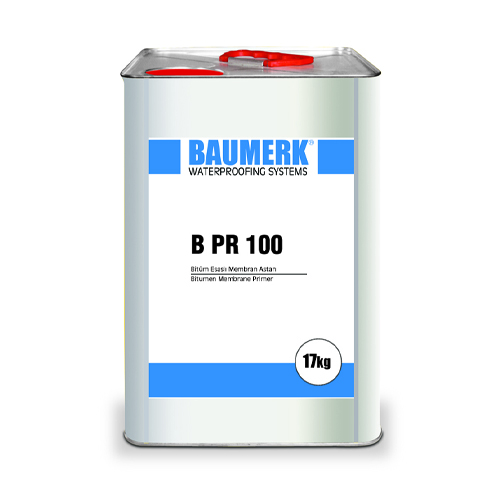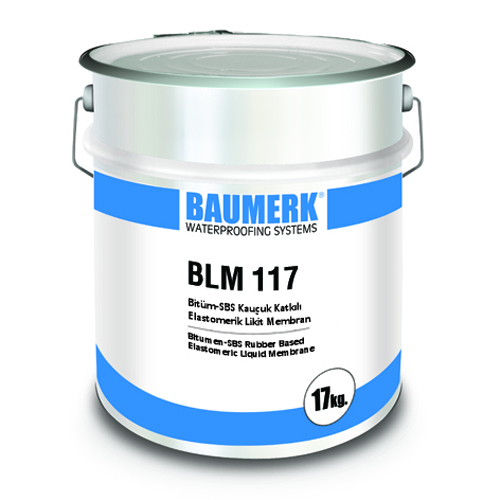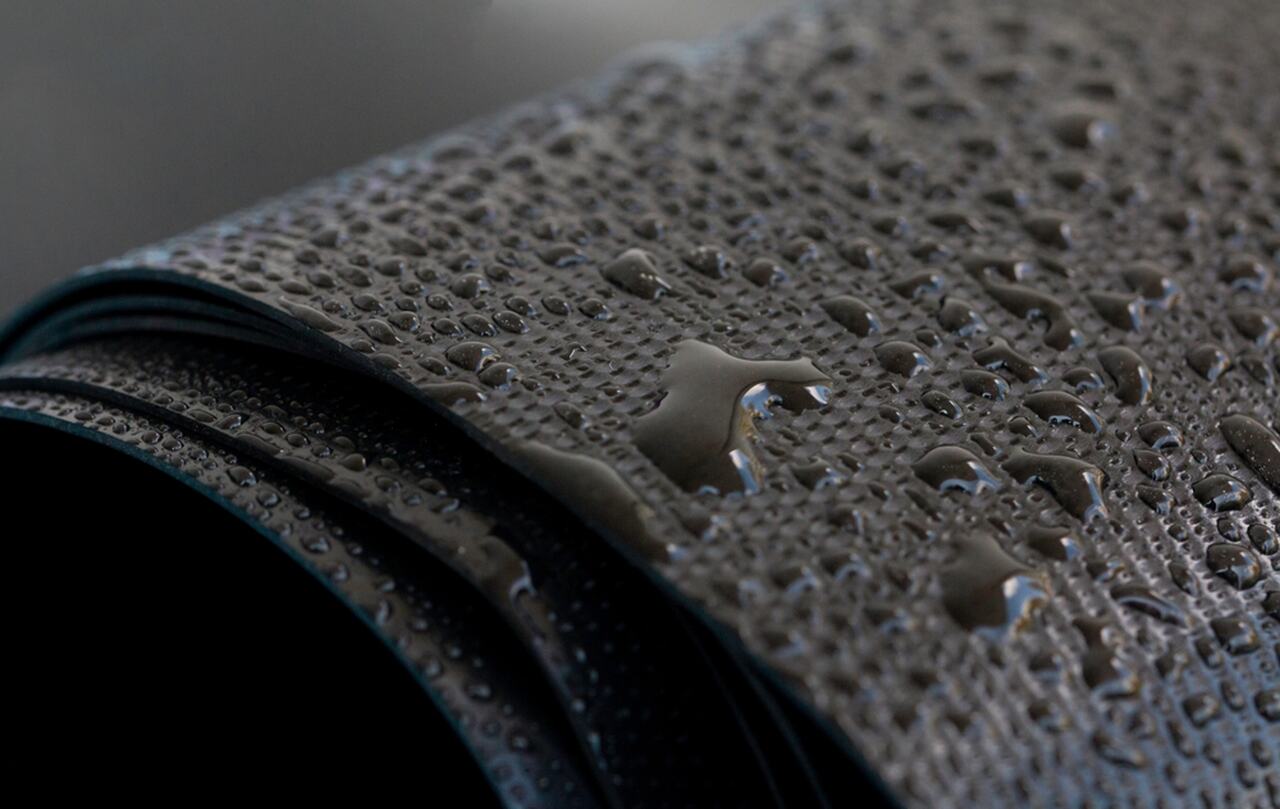
Insulation is very important in the construction sector both to provide energy efficiency and to extend the life of the buildings. In this context, membrane, one of the prominent materials of insulation, draws attention with its water and moisture-proof properties.
So, what is membrane, what are its types and in which areas is it used?
In this article we have prepared as Baumerk, construction chemicals specialist, we will discuss the membrane material in all aspects.
What is Membrane? 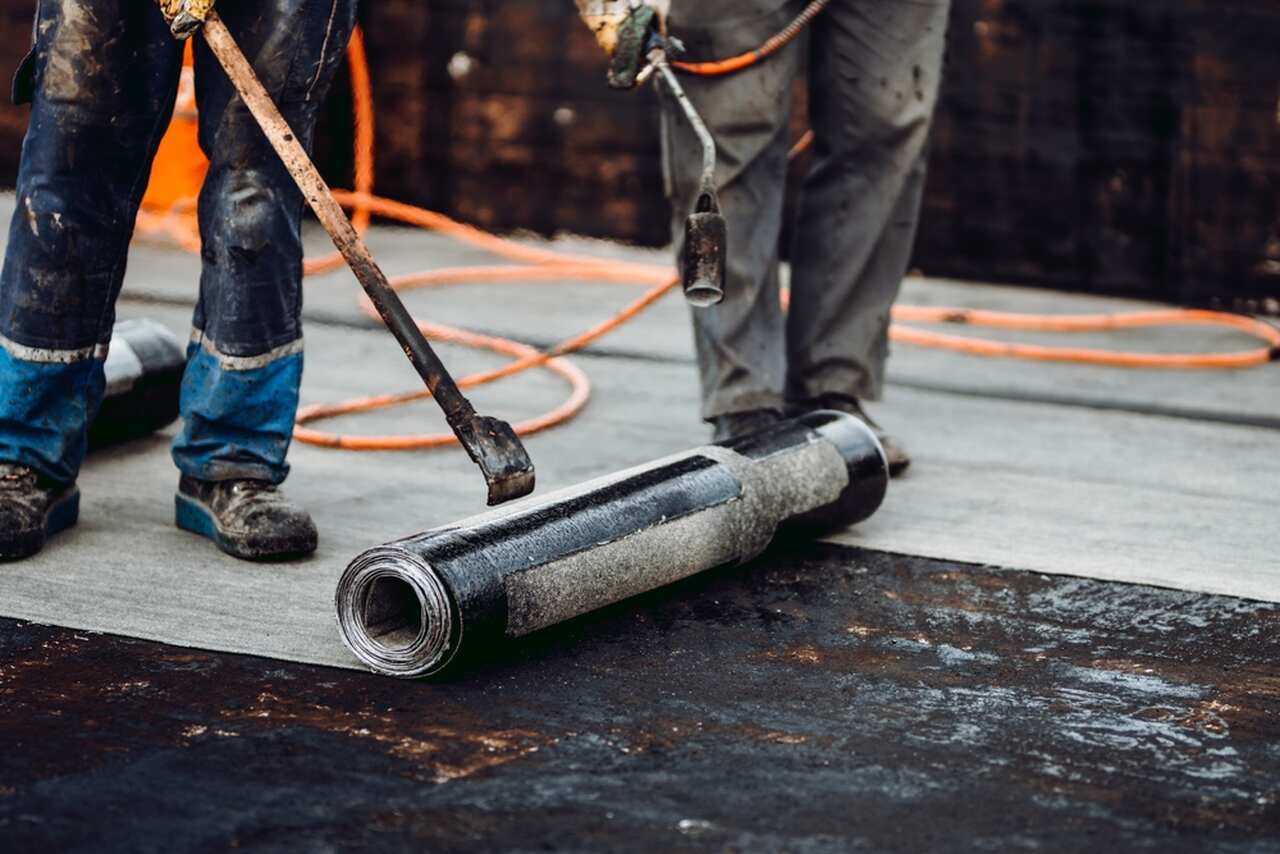
We can answer the question of what is a membrane as a flexible and durable coating material, which is generally used for waterproofing in the construction industry. Thanks to its water, moisture, and vapour-proof properties, it is used at critical points such as foundations, roofs, and walls of buildings, contributing to the longevity of the structures. Membrane coating protects the structure against water and thus prevents structural deterioration.
Membrane material can have various chemical and physical properties. It is generally elastic and has high tensile strength. It also draws attention with its resistance to temperature changes and long-lasting structure. These membrane technical properties make the membrane an ideal material for waterproofing.
What are Membrane Types?

We answered the question of what is membrane. So what are the main membrane types?
1. Bituminous Membrane
Like B PR 100, bituminous membranes are one of the most widely used types of waterproofing. It is produced from a petroleum derivative called bitumen and is usually reinforced with glass fiber or polyester. It attracts attention with its durable and flexible structure. Bituminous membranes are divided into the following subcategories:
APP Modified, Bituminous Waterproofing Membrane
APP Modified, Bituminous Waterproofing Membranes are produced by modifying bitumen. This additive increases the flexibility and durability properties of the membrane.
Characteristics
- Resistant to high temperatures
- Resistant to UV rays
- Provides flexibility at low temperatures
- High mechanical strength
- Easy to apply
-
Areas of Use
- Roofs
- Terraces
- Foundation insulation
- Car parks
SBS Modified, Bituminous Waterproofing Membrane
SBS Modified, Bituminous Waterproofing Membranes are used to increase bitumen's flexibility and cold weather resistance.
Characteristics:
- Excellent flexibility at low temperatures
- High elasticity
- Resistant to cold weather conditions
- High mechanical strength
-
Areas of Use:
- Roofs in cold climates
- Terraces
- Foundation insulation
- Insulation of underground structures
APP or SBS Modified, Bituminous, Anti-Root Membrane
These membranes are produced by adding APP or SBS to bituminous membranes and have properties that prevent root penetration. They are particularly resistant to the damaging effects of plant roots.
Characteristics:
- Resistant to root penetration
- Resistant to UV rays
- High mechanical strength
- Provides water resistance
Areas of Use
- Green roofs
- Landscape areas
- Gardens
- Areas with plant roots
APP Modified, Bituminous Waterproofing Membrane for Bridge and Viaducts
These are APP-added polymer bituminous membranes specifically designed for the waterproofing requirements of bridges and viaducts.
Characteristics
- Resistant to high temperatures
- Abrasion resistant
- Provides protection against UV rays
- High mechanical strength
- Excellent adhesion to concrete and metal surfaces
Areas of Use:
- Bridges
- Viaducts
- Motorways
- Tunnels
2. PVC Membrane
PVC (Polyvinyl Chloride) membranes are known for being resistant to chemical substances. Such membranes are widely used on roofs and terraces. It stands out with its long life and resistance to UV rays.
3. EPDM Membrane
EPDM (Ethylene Propylene Diene Monomer) membranes are synthetic rubber materials with high elasticity and durability. It is especially preferred on large surfaces and in areas exposed to difficult weather conditions.
4. TPO Membrane
TPO (Thermoplastic Polyolefin) membranes are environmentally friendly and energy-efficient materials. They show high resistance to UV rays and chemicals. Their recyclability makes these membranes a sustainable option.
5. Self Adhesive Membranes
Self-adhesive membranes are membranes that provide insulation with self-adhesion without the need for an additional adhesive during application.
Features
- Easy and fast application
- No additional adhesive is required
- Flexible and elastic structure
- Excellent adhesion even in cold weather conditions
- Resistant to UV radiation and mechanical damage
Areas of Use
- Roofs
- Foundation insulation
- Wall insulation
- Detail and point seals
6. Elastomeric Membranes
Elastomeric membranes are waterproofing materials that have elastic properties and offer high flexibility. These membranes are usually synthetic rubber or polymer-based and can easily adapt to various surfaces thanks to their elastic structure. Their elasticity ensures durability even in various weather conditions and surface movements. Elastomeric membranes are especially preferred in applications where the risk of cracking and stress is high.
7. Acrylic Membranes
Acrylic membranes are acrylic polymer-based waterproofing materials. They are generally in liquid form and applied by brush, roller, or spray. It cures after application and forms a flexible, waterproof coating. Acrylic membranes are known for their environmental friendliness and easy applicability. They do not contain solvents and are an environmentally preferred option due to their low VOC (volatile organic compounds) levels.
What Does a Membrane Do?
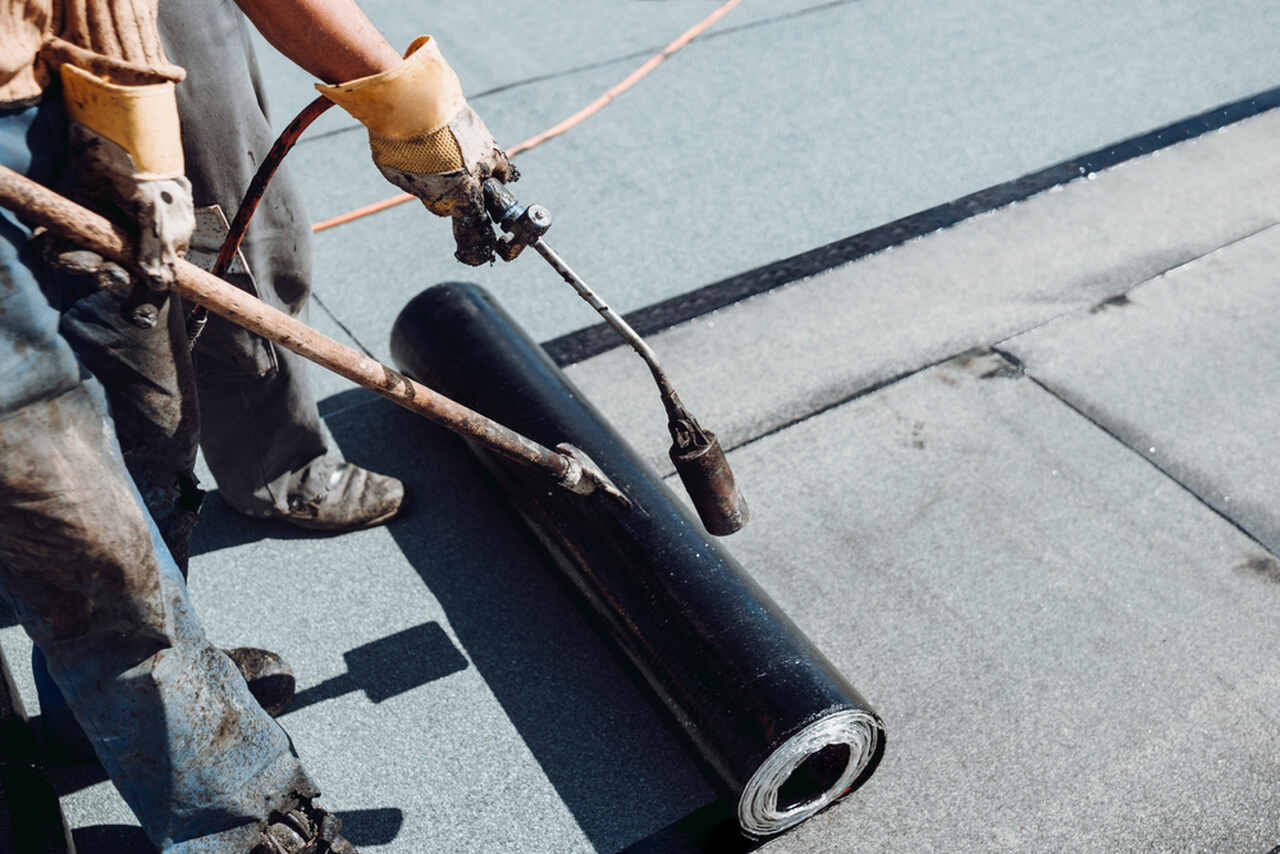
Membrane coating is used to provide waterproofing. It provides protection of buildings against external factors such as water, moisture, and steam. In this way, moisture and dampness formation is prevented in the interior spaces of the buildings, and structural deterioration and mold formation are prevented.
Water Insulation
Waterproofing membranes provide waterproofing at critical points such as foundations, roofs, and walls. In this way, external factors such as rainwater and groundwater are prevented from damaging the structure.
Waterproofing is of vital importance, especially in terms of ensuring the longevity of structures. Membranes used in foundations prevent the penetration of groundwater into concrete and other building materials.
Membranes applied on the roofs prevent the infiltration of surface water such as rain and snow water and protect the interior spaces. Waterproofing not only increases the durability of the structure but also provides indoor comfort.
Energy Efficiency
Waterproofing increases the energy efficiency of buildings. Preventing moisture and water leaks minimizes heat loss and thus saves energy.
Moisture and dampness in buildings can reduce the efficiency of thermal insulation materials. Humid environments increase energy consumption by increasing heat loss.
Membrane coating prevents water and moisture from entering the structure and enables thermal insulation materials to work effectively. This reduces energy costs by requiring less heating in winter and less cooling in summer.
Structural Protection
Membrane materials extend the life of structures. Preventing water and moisture damage increases the durability of structures and reduces maintenance costs.
Water can damage building materials such as concrete, steel, and wood. In particular, water leaks in concrete can cause cracking of concrete and deterioration of its structural integrity through freeze-thaw cycles.
In wooden structures, water causes rotting and insect infestation. Membrane coating prevents such negativities and ensures that the structures remain intact for a longer period. It also minimizes the maintenance and repair costs required for the repair of water damage.
What are Membrane Usage Areas?
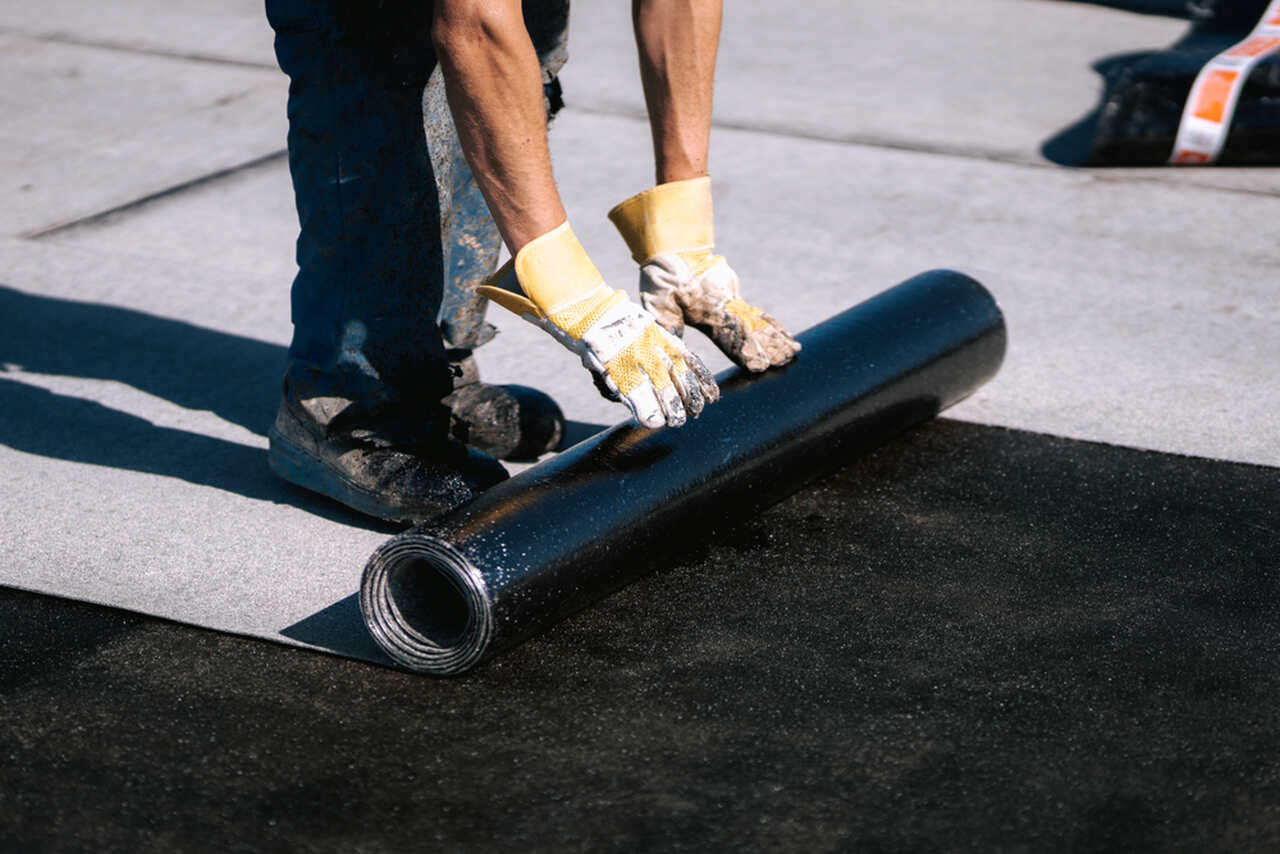
Membranes can be used in many different areas that require waterproofing. Here are the main areas of use:
Foundation Insulation
Foundation insulation is one of the most important waterproofing points of buildings. Foundation membranes prevent groundwater and moisture from damaging the structure.
Roof and Terrace Insulation
Roof and terrace insulation protects the interior of buildings by preventing water from seeping onto these surfaces. PVC, EPDM, and TPO membranes are widely used in these areas.
Wall Insulation
Membranes used on exterior walls prevent the passage of water and moisture. In this way, dampness and mold formation on the walls is prevented.
Wet Areas
Waterproofing is of great importance in wet areas such as bathrooms, toilets and kitchens. Membranes used in these areas prevent water from damaging structural elements.
What are the Advantages of Membrane Coating?
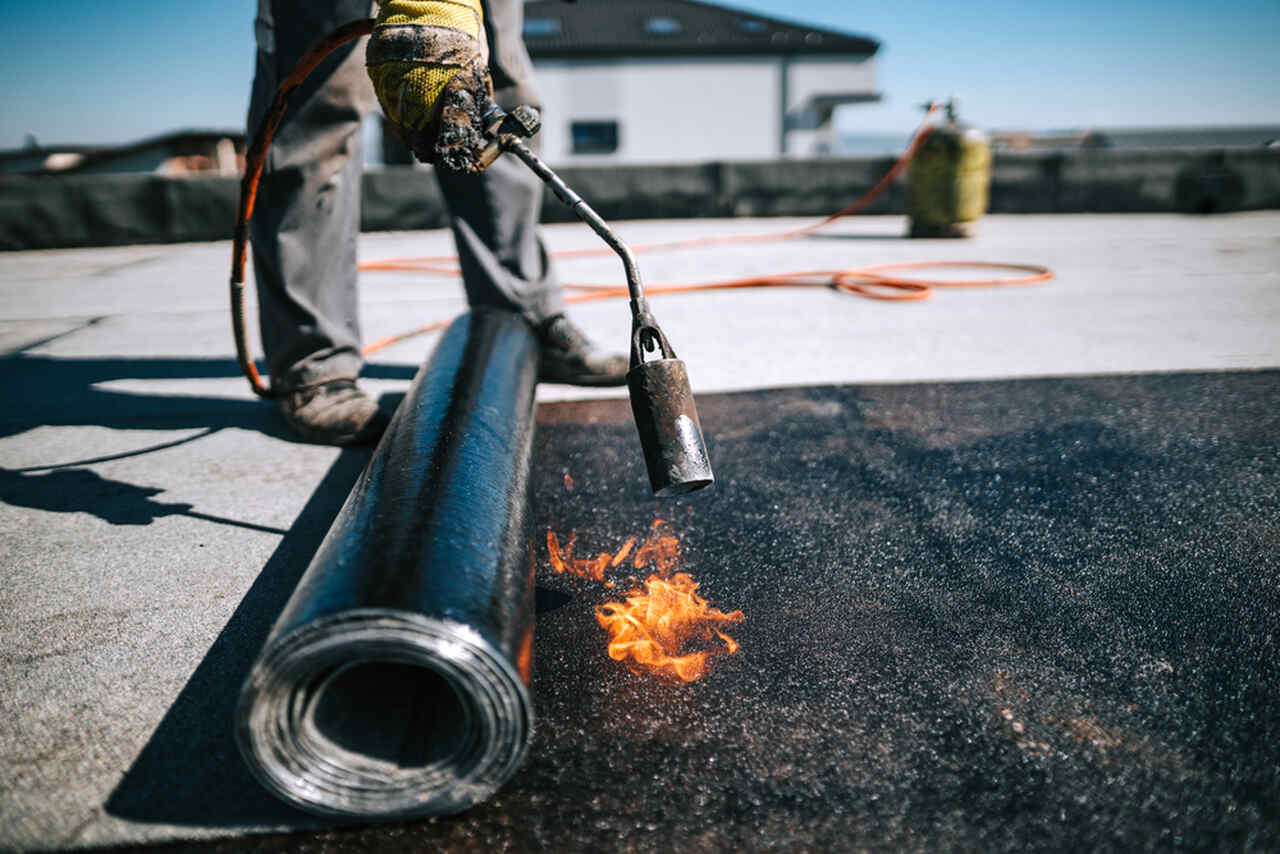
Membrane coatings have many advantages. Here are the main advantages:
High Durability
Membrane materials have high durability. Its resistance to physical and chemical factors provides a long-lasting use.
Flexibility
Membranes can be easily applied to surfaces thanks to their flexible structure. These features reduce time and labor costs during application.
Water and Moisture Proof
The most important advantage of membranes is that they have water and moisture-proof properties. In this way, structures are protected from water and moisture damage.
Energy Saving
Waterproofing increases the energy efficiency of buildings. Membrane coating provides energy savings by providing thermal insulation and reduces heating-cooling costs.
Easy Application
Membranes can be easily applied to different surfaces. Thanks to their flexible and lightweight structure, the application process is completed quickly and practically.
Environment Friendly
Some membrane types such as TPO have recyclable properties. These features offer an environmentally friendly insulation solution.
To take a look at how waterproofing membranes are applied, you can read our blog content titled Application of Waterproofing Membranes
We have come to the end of our article in which we answered the question of what is a membrane and explained what they do. In conclusion, membrane coating is a widely used material for waterproofing. It can be used in different areas with its various types and technical features. Membrane coating increases the durability of structures, provides energy efficiency, and prevents water damage. Thanks to these advantages, it stands out as an important insulation material preferred in the construction sector.




